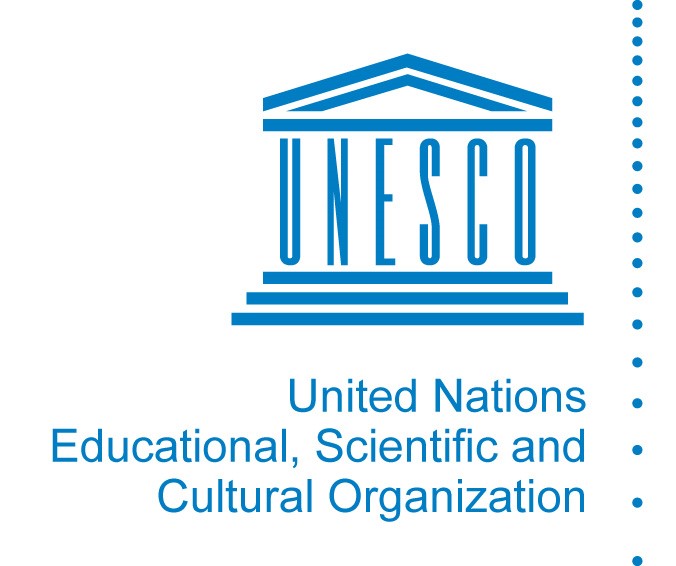A campaign is an organized effort to catalyse change in law, policy, institutions and/or individuals to influence structures and actions (Lamb 1997). Campaigns are not equal to awareness-raising, though a campaign may include an awareness-raising element within its strategy. A campaign has specific objectives or outcomes that it is trying to achieve. Generally, campaigns on violence against women and girls have sought to change laws, institutions and policies or have sought to change individual attitudes, behaviours and broader social norms related to gender inequality, discrimination and violence (Coffman 2003).
Campaigns on violence against women and girls often employ a number of multi-media formats to reach audiences, from digital storytelling and video PSAs to billboards and edutainment.
Bell Bajao/Ring the Bell (India)
Bell Bajao! – Ring the Bell is a multi-media campaign launched in 2008 by Breakthrough, a US and India-based human rights organization. It appealed to men and boys in India to take action, whether by speaking out or ringing a door bell, to make sure women in their communities could live free of domestic violence. To connect with audiences across the nation, the campaign used a balanced mix of carefully selected communications tools and techniques, including print, television, radio, touring video vans and the internet to air its award-winning public service announcements, alongside community mobilization activities such as street theatre, public forums and training for young rights advocates. It also developed a range of educational materials such as a campaigner’s toolkit, and a discussion guide on domestic violence in English and Hindi.
The campaign reached over 125 million people. Evaluations of Bell Bajao have found it had strong outreach and impact. In particular, those who were reached by the vans and community mobilization work, as well as, the TV spots, were significantly more likely to report changed attitudes and increased knowledge of women’s rights than those who only saw the TV spots.
Read the full Bell Bajao case study: http://www.endvawnow.org/uploads/browser/files/bell_bajao_case_study_english.pdf
To learn more about the campaign, view the videos and access the evaluation, see: http://bellbajao.org/
Campaigns themselves, however, have also been used as a strategy to advocate for change with media related to violence against women and girls.
End News Media Sexism Campaign
The World Association for Christian Communication (WACC), the Global Media Monitoring Project (GMMP) Network and other partners launched a campaign in 2016 to end news media sexism by 2020. The Campaign encourages and assists national advocacy to change media policy and journalistic practice and aims to support and highlight intensive efforts in several countries with the hope that new evidence will emerge on strategies that work to bring about fair and equal representation of women and men in the news media. The Campaign includes engaging quizzes and games; a media gender equality scorecard; letter-writing and lobbying materials; a media advocacy training toolkit; analytical and other tools.
To learn more about the campaign, see: http://whomakesthenews.org/advocacy/end-news-media-sexism-by-2020
|
Take Back the Tech! Campaign The Association for Progressive Communication, Women’s Rights Program undertook a number of research projects on the connection between ICT and VAW dating back to 2005. The findings from this research prompted women's rights and communication rights advocates to launch Take Back the Tech! in order to engage more deeply in this critical area. Objectives of the campaign are to:
The campaign is a collaboration among various stakeholders, working to reclaim information and communication technology (ICT) to end violence against women (VAW). The campaign calls on all ICT users – especially women and girls – to take control of technology and strategically use any ICT platform at hand (mobile phones, instant messengers, blogs, websites, digital cameras, email, podcasts and more) for activism against gender-based violence. To learn more about the campaign, see: https://www.takebackthetech.net |
For detailed guidance on campaigning, see: http://www.endvawnow.org/en/modules/view/3-campaigns.html
